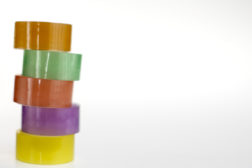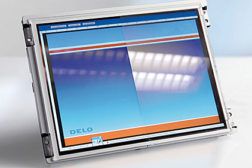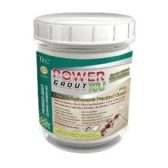Finished Adhesives and Sealants
H.B. Fuller Construction Products Inc.: Ready-to-Use Grout
September 27, 2012
Keep the info flowing with our eNewsletters!
Get the latest industry updates tailored your way.
JOIN TODAY!Copyright ©2025. All Rights Reserved BNP Media.
Design, CMS, Hosting & Web Development :: ePublishing





